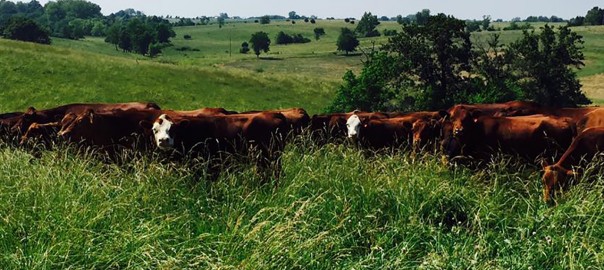Baby back ribs are a staple of true barbecue masters’ arsenal — from St. Louis to Memphis, South Carolina to the heart of Texas.
And whether slow cooked for a few hours in a Crock Pot or an entire day in a smoker, baby back ribs are delectable no matter how they are prepared.
The cut comes from the top of a pig’s rib cage, specifically the area just below the loin between the spine and what we know of as the spare ribs. Baby back ribs are distinguishable by their tapered shape and the greater amount of meat — compared to spare ribs — often found on top of and between the rib bones. Usually, a rack of baby back ribs includes between eight to 13 ribs that vary in length from three inches to about six inches.
While any reputable smokehouse or barbecue shop will have baby back ribs, how to cook them — more specifically, how to flavor them — is a source of disagreement among the major barbecue regions of America: Carolina, Texas, Memphis, and Kansas City styles. Although we don’t have to break down which version of BBQ is best at this moment, there is something perfect with having a little sweet and savory flavor added to baby back ribs.
Baby back ribs are also one of the cuts of heritage-breed pork that ButcherBox Head Chef Yankel Polak loves to experiment with when he cooks.
“Every time I cook baby back ribs, I learn something new,” Chef Yankel says. “They are super flavorful and have just the right amount of fat.”
“And of course anything with a bone attached is just that much better.”
There are many ways to cook baby back ribs. You can check out a few in our recipe pages.
But Chef Yankel has a very specific method to get his ribs just right: “I give them one hour of smoke at 225°F, then two hours in the oven at 250°F, wrapped tightly in foil, bone side down and with a splash of vinegar.”
“To finish,” Chef Yankel explains, “I give them 30 minutes on the grill with about 10 applications of a sweet and sticky BBQ sauce.”
You can check out Chef Yankel preparing his “Oven-Baked Baby Back Ribs with Chipotle Pineapple BBQ Sauce” in this video or use the “Sweet and Sour Slow Cooker Ribs” recipe below if you don’t have a smoker but want to slow cook your baby back ribs.
Sweet and Sour Slow Cooker Ribs
Ingredients:
- 1 pack ButcherBox Baby Back Ribs
The Rub:
- 1 Tbsp onion powder
- 1 Tbsp garlic powder
- 1 Tbsp smoked paprika
- 1 Tbsp ginger powder
- 1 Tbsp dry mustard powder
- 2 Tbsp brown sugar
- ½ tsp cayenne
- 1 tsp black pepper
- 2 Tbsp kosher salt
The Liquid
- ¼ c maple syrup
- ¼ c coconut amino
- ¼ c sherry vinegar
- 2 Tbsp liquid smoke
Directions:
- Pat dry ribs with a paper towel and peel off membrane on the bone side of ribs. You can also score the membrane with a sharp paring knife in an ‘X’ formation.
- Mix all rub ingredients and massage into ribs.
- Place all liquid ingredients in slow-cooker, then add ribs. Cook on low setting for 4 hrs.
- Let rest in liquid 20 minutes before serving.
- For a super quick sauce, remove ribs from slow-cooker, then place all liquid in saucepan, and simmer until thickened.
- Pour over ribs and broil for extra crispy texture and real BBQ flavor!






